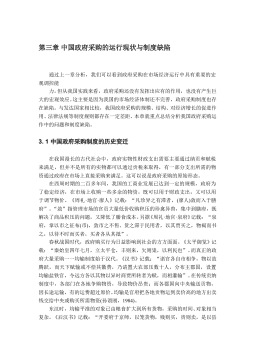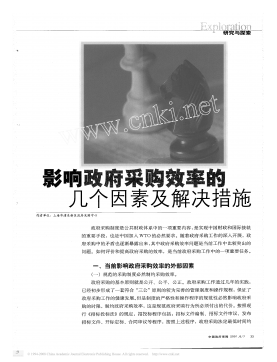植物提取物对草莓灰霉病菌等2种采后病原真菌的
摘要以草莓灰霉病菌Botrytiscinerea和桃褐腐病菌Moniliniafructicola为供试菌,在植物材料质量浓度为20mg/mL条件下,分别用不同极性溶剂不同提取方法提取银杏、香樟、蒲公英、牵牛花、牵牛子、夹竹桃等6种植物获得的植物提取物,采用菌丝生长速率法测定了其对草莓灰霉病菌和桃褐腐病菌的抑制活性,进而筛选出抑菌活性最强的植物提取物,并测定其对供试病原菌孢子萌发的抑制作用;通过药液培养法测定不同浓度下该植物提取物对菌丝体细胞膜透性、内含物渗漏及细胞壁降解酶活性的影响,初步探讨该提取物对供试菌的抑菌活性及相关机理;并采用活体组织法研究了该提取物对采后草莓、桃发病率、病斑直径及抗...
相关推荐
-
南京监狱罪犯危机干预系统评估报告VIP免费

 2024-10-15 6
2024-10-15 6 -
中国政府采购制度研究VIP免费

 2024-10-15 9
2024-10-15 9 -
政府采购运行效率要素分析VIP免费

 2024-10-15 7
2024-10-15 7 -
政府采购效率浅析VIP免费

 2024-10-15 7
2024-10-15 7 -
政府采购的效率从何而来VIP免费

 2024-10-15 7
2024-10-15 7 -
正确的政府采购效率观VIP免费

 2024-10-15 6
2024-10-15 6 -
影响政府采购效率的因素分析及对策VIP免费

 2024-10-15 7
2024-10-15 7 -
影响政府采购效率的几个因素及解决措施VIP免费

 2024-10-15 8
2024-10-15 8 -
学好政府采购法_提高中央国家机关单位政府采购工作效率VIP免费

 2024-10-15 13
2024-10-15 13 -
完善政府采购法规提高政府采购效率VIP免费

 2024-10-15 18
2024-10-15 18
相关内容
-

创青春-公益创业赛项目书
分类:行业资料
时间:2025-01-09
标签:无
格式:DOCX
价格:10 积分
-

茶文化-剪纸公益项目计划书
分类:行业资料
时间:2025-01-09
标签:无
格式:DOC
价格:10 积分
-

xxx公益创业大赛策划书
分类:行业资料
时间:2025-01-09
标签:无
格式:DOC
价格:10 积分
-

“筑爱助残-共享阳光”公益项目说明书
分类:行业资料
时间:2025-01-09
标签:无
格式:DOC
价格:10 积分
-

2017 常州市继续教育公共《创新案例专题讲座》考题
分类:行业资料
时间:2025-03-06
标签:2017 常州 继续教育 公共 创新案例专题讲座
格式:DOCX
价格:5 积分






